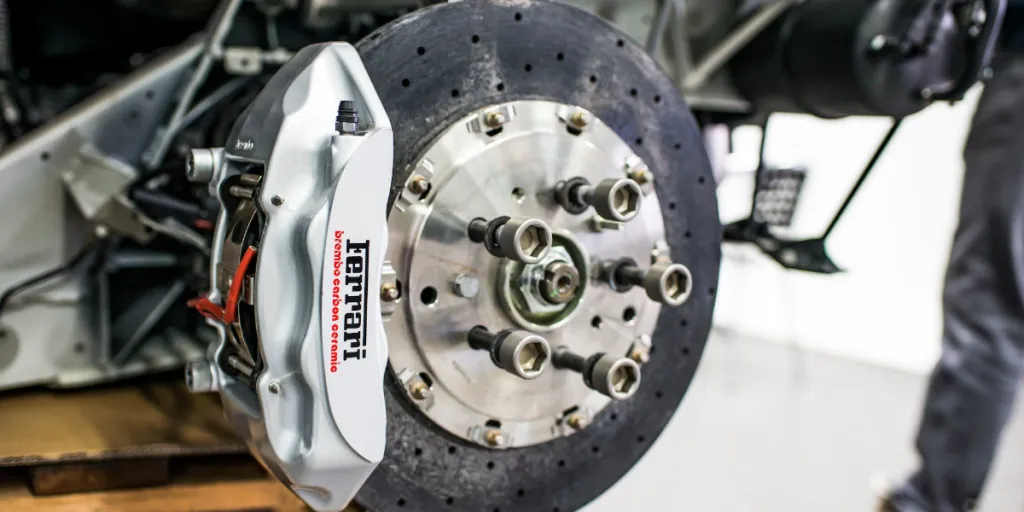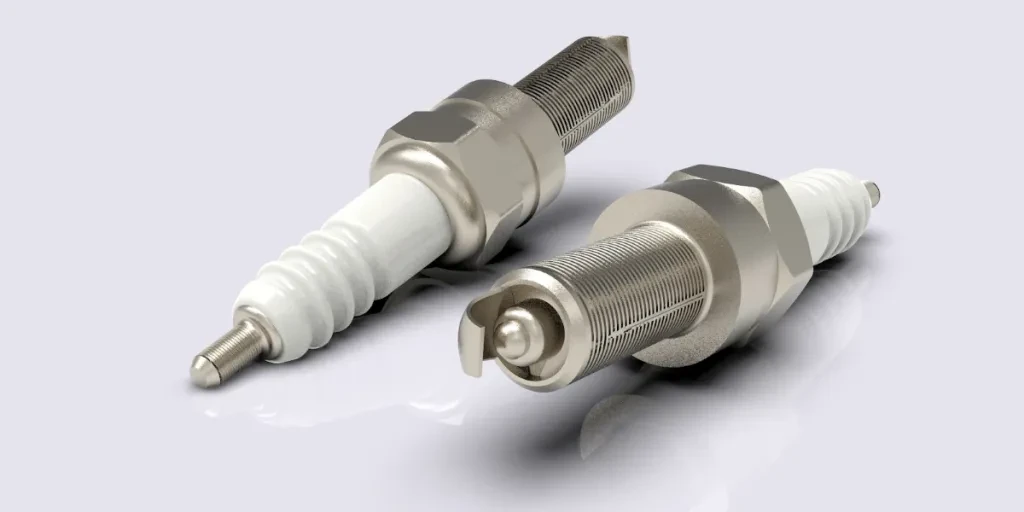Currently, there is an explosion in electric car sales across the globe. Governments worldwide are offering tax credits, rebates, and other incentives to encourage the adoption of electric cars. Such incentives are making electric cars more affordable and accessible for many consumers.
As people become more aware of the impact of transportation on the environment, there is a growing demand for cleaner, more sustainable modes of transportation. Electric cars produce zero emissions, making them an attractive option for eco-conscious consumers.
The article will provide a guide on how to charge an electric car for current owners and those considering buying electric vehicles.
Table of Contents
Electric car market overview
How to charge an electric car
Final thoughts
Electric car market overview
According to Grand view research, the global electric vehicle market is estimated to be valued at US$ 23.5 billion and is expected to grow at a compound annual growth rate (CAGR) of 41.55% in the next five years.
Growing demand for low-emissions vehicles, government incentives to electric car manufacturers, and growing environmental consciousness are factors propelling the electric car market.
Asia Pacific is the largest electric vehicle market owing to lower cost-efficient and low-emission vehicles. European and North American markets are the fastest growing due to increased government initiatives in the electric vehicle sector.
How to charge an electric car
Home charging
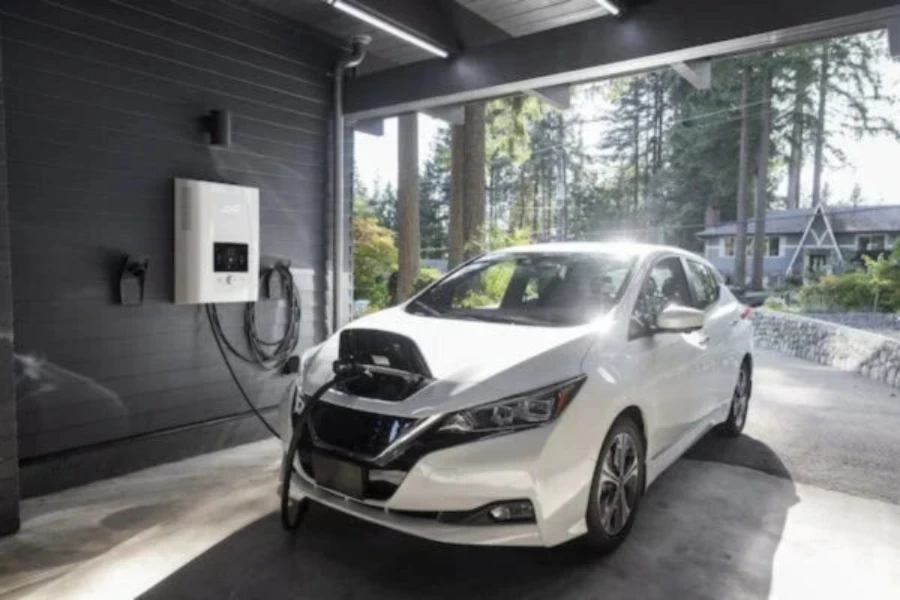
Installing a port professionally at home is the most convenient and affordable way to charge your electric car. You can plug it in and leave it until it’s fully recharged.
Most electric car owners charge their vehicles at home using a standard 120-volt household outlet or a 240-volt dedicated charging station. Charging times vary depending on the car’s battery capacity and the charging rate of the outlet or station.
It is advisable to charge the vehicle overnight when charging at home using A.C. Level 1 or A.C. Level 2 charging outlets to eliminate the pressure charging time. Every electric car comes with a 120-volt Level 1 portable charge which can be plugged into a wall outlet like other consumer electronics.
Charging your electric car using a normal wall outlet is time-consuming and can take more than 24 hours to charge your battery fully. Wall-mounted home chargers cost between US$ 400 to US$ 500.
Public charging stations
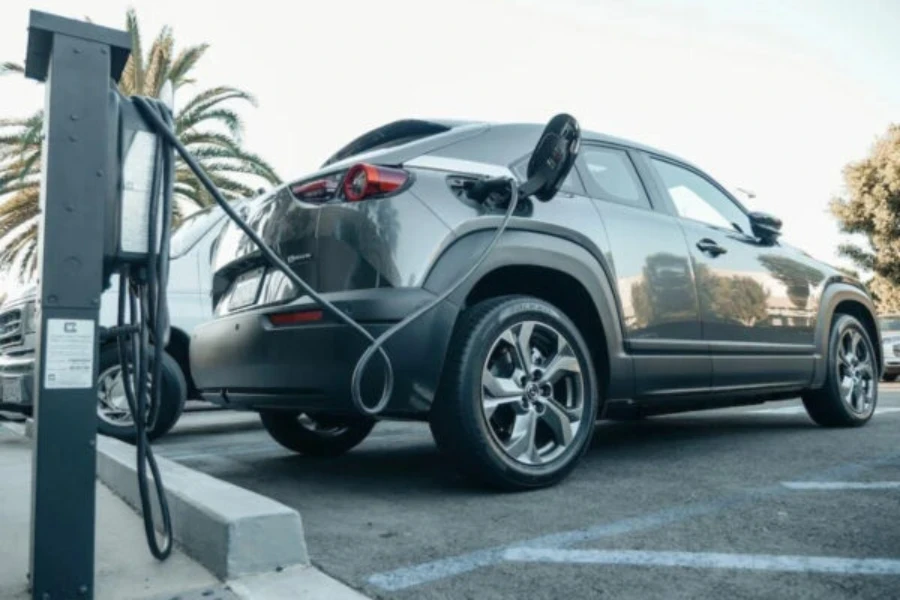
Public charging stations are becoming more common, especially in urban areas. These stations charge faster than home outlets and are usually found in parking lots, shopping centers, and other public areas.
The popularity of electric cars has created a demand for public charging systems worldwide. However, public charging infrastructure typically involves fees payable through various methods such as mobile apps, credit cards, or membership programs.
There are free public charging stations, but they limit the charging time and offer free services during off-peak hours.
Workplace charging stations

Some employers offer workplace charging stations as a perk for employees who drive electric cars. It is a convenient option for drivers with longer commutes and needing to charge their cars during the day.
They are designed to motivate the employees who would have to worry about their car battery level throughout the day. Workplace charging stations give them peace of mind to concentrate on their daily tasks, improving productivity.
Further, companies installing electric charging stations are part of the sustainability commitment by supporting switching from fossil fuels to clean energy sources.
Fast charging stations
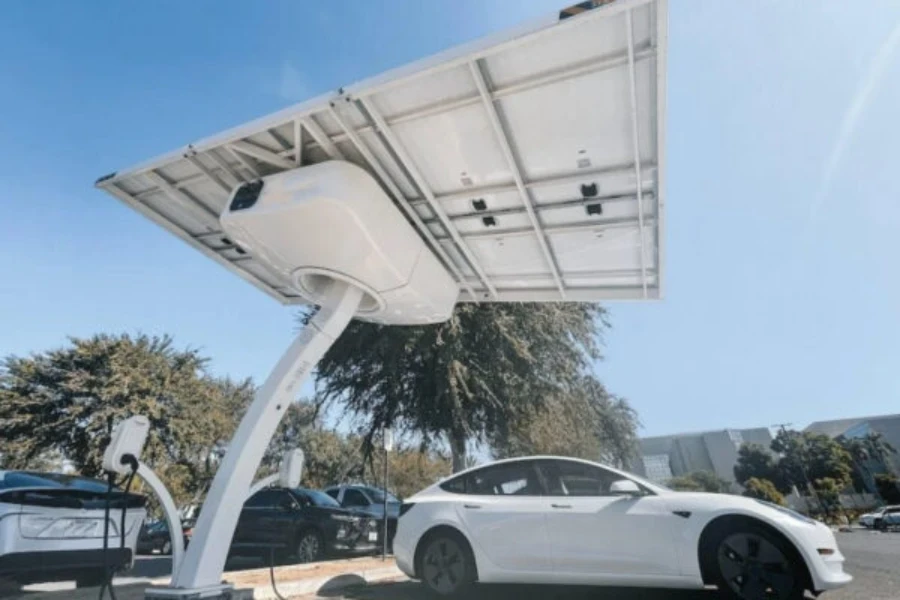
D.C. fast charging stations can provide up to 80% of a car’s battery capacity in as little as 30 minutes. These stations are usually located along major highways and are designed for longer trips.
Fast charging stations use direct current (D.C.) to charge a vehicle battery, allowing faster charging time than alternating current (A.C.) used by Level 2 charging stations.
Governments and private organizations worldwide have invested in installing fast-charging infrastructure to support the transition to electric cars. Fast charging stations will continue to increase as stakeholders seek to accelerate the uptake of electric cars.
Steps to follow when charging an electric car
The steps to follow when charging an electric car can vary slightly depending on the specific make and model of the vehicle, as well as the type of charging station being used. However, here are the general steps to follow when charging an electric car:
- Park the car at the charging station: First, park the electric car in a parking spot designated for charging. Be sure to align the vehicle properly with the charging station.
- Check the charging cable: Ensure that the charging cable is undamaged and compatible with the electric car. Most charging stations have a selection of cables with different plug types, so choose the one that matches the car’s charging port.
- Check the charging station: Confirm that the charging station is working and properly powered on. Most charging stations have an indicator light that shows whether it is ready for use.
- Connect the charging cable: Connect the charging cable to the electric car’s charging port. Depending on the car and charging station, this may involve pressing a button or flipping a switch to open the charging port.
- Start the charging session: Once the charging cable is securely connected to the car, start the charging session. It involves using an app, scanning a Q.R. code, or swiping a card to activate the charging session.
- Monitor the charging progress: Keep an eye on the charging progress through the car’s dashboard or the charging station’s display. The dashboard shows the charging speed, estimated time remaining, and battery level.
- Stop the charging session: Once the electric car is fully charged, stop the charging session. It involves using the same method as starting the charging session, such as using an app or scanning a Q.R. code.
- Disconnect the charging cable: Unplug the charging cable from the electric car’s charging port and place it back on the charging station.
Final thoughts
Electric cars are becoming popular as the world shifts towards sustainable and environmentally friendly energy sources.
Charging an electric car is simple due to the wide availability of home charging stations, public charging stations, workplace charging stations, and fast charging stations.
This guide provides a comprehensive guide on how to guide an electric car.

